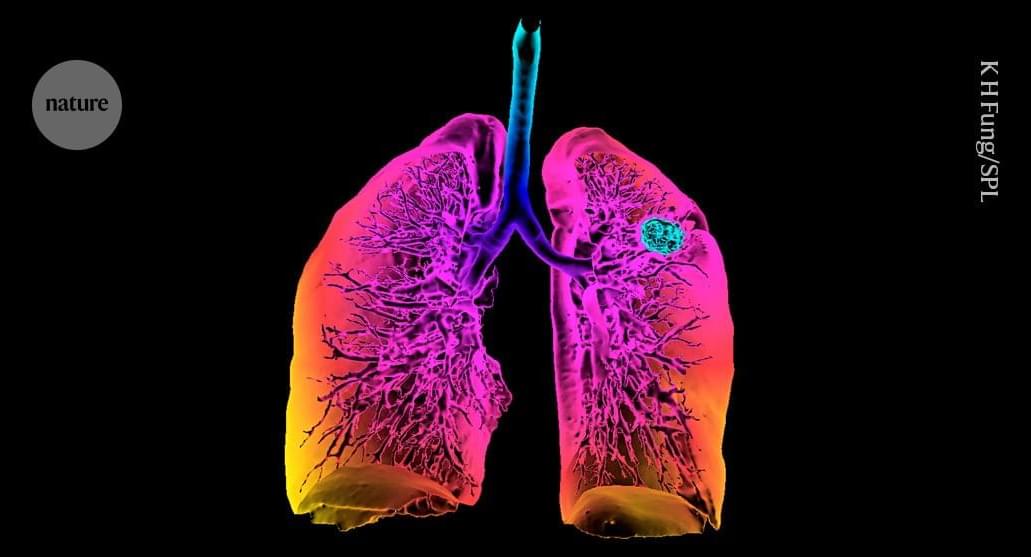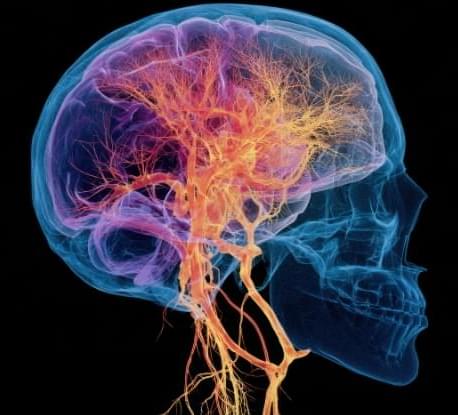Gravitational-wave detection technology is poised to make a big leap forward thanks to an instrumentation advance led by physicist Jonathan Richardson of the University of California, Riverside. A paper detailing the invention, published in the journal Optica, reports the successful development and testing of FROSTI, a full-scale prototype for controlling laser wavefronts at extreme power levels inside the Laser Interferometer Gravitational-Wave Observatory, or LIGO.
LIGO is an observatory that detects gravitational waves —ripples in spacetime caused by massive accelerating objects like merging black holes. It was the first to confirm their existence, supporting Einstein’s Theory of Relativity. LIGO uses two 4-km-long laser interferometers in Washington and Louisiana to capture these signals, opening a new window into the universe and deepening our understanding of black holes, cosmology, and extreme states of matter.
LIGO’s mirrors are among the most precise and carefully engineered components of the observatory. Each mirror is 34 cm in diameter and 20 cm thick and weighs about 40 kg. The mirrors must remain perfectly still to detect distortions in spacetime smaller than 1/1,000th the diameter of a proton. Even the smallest vibration or environmental disturbance can overwhelm the gravitational wave signal.





